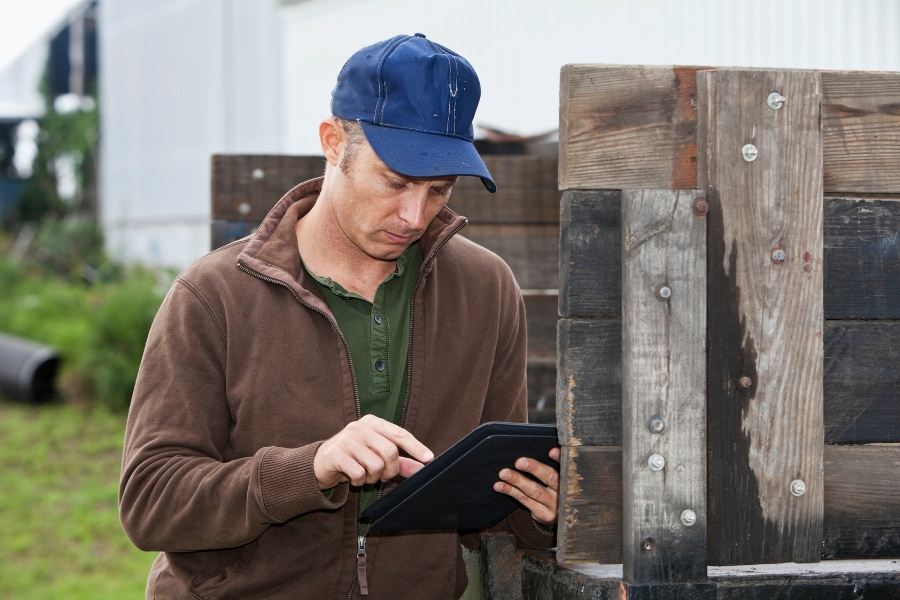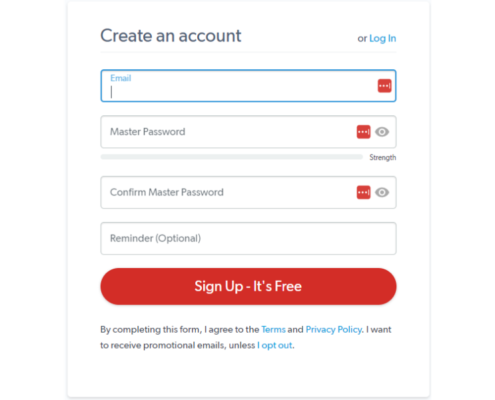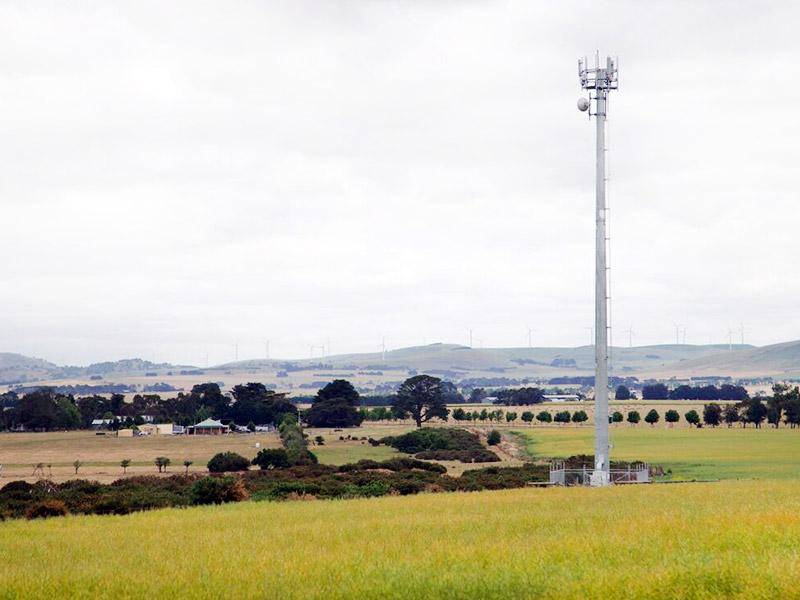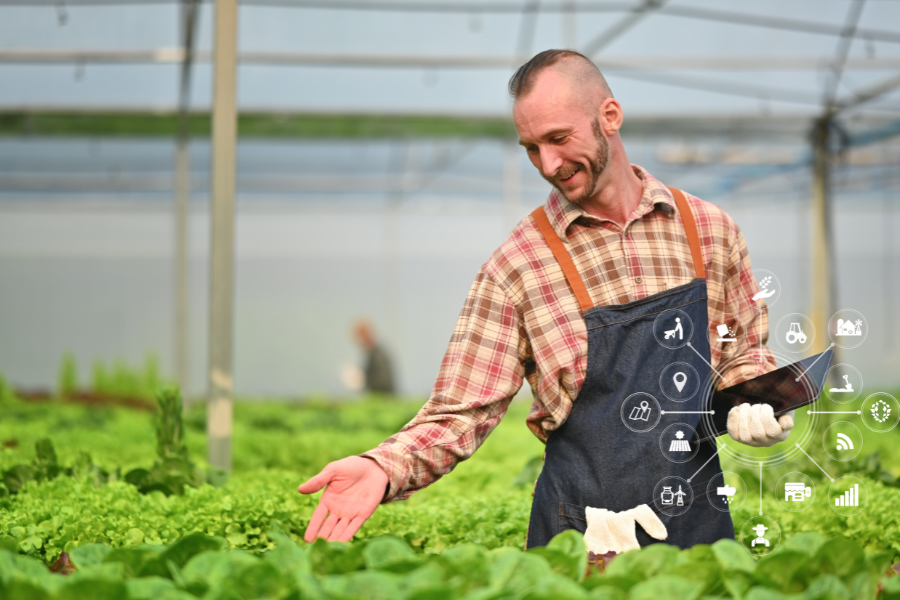Managing digital files in a busy agricultural business can quickly become overwhelming. From crop data to equipment manuals, disorganisation can lead to wasted time, lost files, and missed deadlines. Having a streamlined Electronic Files and Folders Management System (EFFMS) is crucial for farm sustainabiity, personal productivity and staying on top of important documents.
In this comprehensive guide, we’ll walk you through best practices, folder organisation strategies, and how to create an efficient, easy-to-maintain digital environment. These principles are tailored to the needs of farm owners and managers, helping you focus on what truly matters—running a successful farm operation.
Why You Need an Electronic Files and Folders Management System
Farming businesses deal with a wide variety of documents, from contracts with suppliers to government regulations, soil test results, and financial reports. Without a clear system for storing and retrieving these files, important documents can easily be misplaced or forgotten. By adopting a structured file management system, you can:
- Save Time: Quickly retrieve important documents without wasting hours searching through cluttered folders.
- Maintain Compliance: Stay organised with legal and regulatory paperwork, ensuring you never miss a deadline.
- Boost Productivity: With your digital workspace decluttered, you can focus on critical tasks, boosting both personal and team efficiency.
Key Guidelines for Organising Files and Folders Effectively
To create an efficient file structure, it’s important to follow some core principles:
- Use Descriptive File Names: Keep file names concise but meaningful. Avoid overly long or redundant names, but include enough details for quick identification using less than 5 words. For example, “2023 – Crop Data – Pivot1” is far more useful than simply “Previous Year Crop Data for Northwest Corner Pivot”.
- Consistent Naming Conventions: Standardise how you name your files and folders. This ensures that anyone accessing them understands the structure and can find what they need. For example, you can use dates formatted as YYYYMM for quick sorting (e.g., “202410 – Financial Report”).
- Limit Folder Depth: A deep folder structure (more than five levels) can become difficult to navigate. Keep the organisation simple and avoid excessive nesting.
- Version Control: Files that are frequently updated require version control. Drafts should be saved with a version number such as “V01-02” to indicate it’s the second draft after releasing the first version. Final versions can be labelled simply as “V02”. This prevents confusion about which file is the most current.
Folder Structure Approaches for Farm
Creating an effective folder structure is key to any successful EFFMS. Here are three structures that you can implement depending on your business needs:
- Project or Client-Based Structure: This system organises folders around clients or projects. This ensures that all documents related to a specific client or project are kept in one place. For example: Client Name > Project Name > Reports > Contracts & Invoices
- Date-Based Organisation: For financial documents or reports that are regularly updated, using a date-based structure is ideal. Organise folders by year and month for quick access. Example: Financials > 2024 > 202401_Tax_Filing > 202403 – Q1 – Reports
- Hybrid Approach: Combining project-based and date-based structures often works best. For example, you might organise a project by its stages or types of documents, but use dates to file financial records or reports within each section.
Managing Digital File Sharing and Collaboration

In modern farming operations, cloud-based storage systems (e.g., Google Drive, Dropbox, OneDrive) play a significant role. Here are the key differences between the two main sharing methods you’ll encounter:
- Copy Link: This method generates a shareable URL, allowing quick access for anyone with the link. It’s ideal for short-term or one-way access, especially if you don’t have the recipient’s email.
- Share via Email: This method sends a direct email invitation to the recipient through the cloud storage system. It’s best for long-term collaboration, as it provides notifications and updates when changes are made.
Best Practices for File Management
To maintain an organised file system, follow these best practices:
- File Immediately: Don’t delay filing documents. As soon as you create or receive a file, put it in the correct folder on cloud. Waiting too long can lead to clutter and lost files.
- Regular Maintenance: Set aside time once a week to review and organise your files. Clean up any unnecessary files, archive old documents, and ensure everything is in its proper place.
- Avoid Duplicates: Duplicating files across different folders leads to confusion and clutter. If you need access to a document in multiple locations, create shortcuts instead of copying the file.
- Archive Old Versions: Older drafts and obsolete versions of documents should be moved to an “Archive” folder to keep your active folders clutter-free.
- Use Search Effectively: If you’ve named your files and folders correctly, the search functionality in your system will be powerful. Use it to quickly find what you need, especially for recent files.
Steps to Implement a New Files and Folders Management System
- Plan Your Structure: Create a mind map of the ideal folder structure for your business. Tools like Coggle.it can help visualise this.
- Involve Key Stakeholders: Share the structure with your team and make sure they understand how to use it. Gather feedback and make necessary adjustments.
- Begin Migration: Once your structure is finalised, create folders and start moving files into their respective folders. Focus on current files first, and avoid spending too much time organising historical data.
- Create a Folder Management Journal: This journal acts as a guide to explain the purpose of each folder, define abbreviations, and document any exceptions. Sharing this with your team ensures everyone is on the same page when navigating the system.
A well-organised Electronic Files and Folders Management System can dramatically improve the efficiency of your farm operations, reducing time wasted on searching for documents and preventing costly errors. By following the guidelines and best practices outlined here, you can create a system that is both easy to use and maintain. Whether you’re working with cloud-based storage or local drives, an organised digital environment is essential for productivity.
Ready to take control of your digital files and folders? Access our free resources and receive personalised support from one of our experts to help streamline your file management. For our clients, we offer an in-depth 80-minute course on the Electronic Files and Folders Management System. This hands-on course guides you step by step in creating a custom, organised file system tailored to your farm’s unique needs.
Start today and experience the benefits of an efficient and organised digital workspace that you can access even while you are away from your farm.
If you found this article helpful, share it with your network to help others unlock their farming potential. Don’t forget to like and follow us on social media for more insightful tips: Facebook, Instagram, and LinkedIn. Let’s empower more farmers together!

 Enable Ag
Enable Ag Enable Ag
Enable Ag
 Enable Ag
Enable Ag
 Enable Ag
Enable Ag
 Enable Ag
Enable Ag
 Enable Ag
Enable Ag
 Enable Ag
Enable Ag

